Destruction of the Ghetto
Abraham Manievich
1919
Image
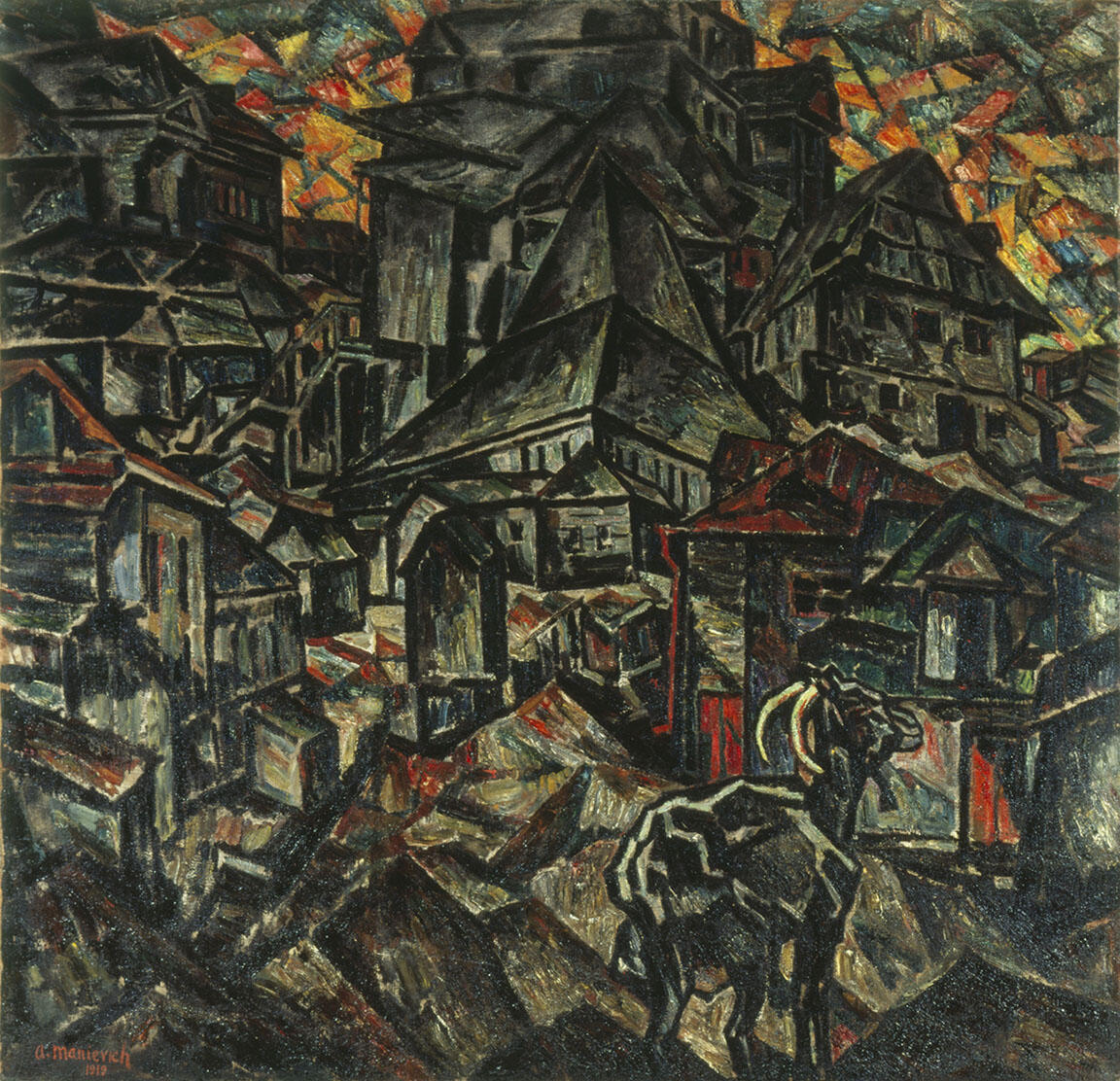
Engage with this Source
Creator Bio
Abraham Manievich
1881–1942
The Russian-born painter Abraham Manievich studied painting in Kiev and Munich and enjoyed early success. After the Russian Revolution, he returned to Kiev, where he taught until immigrating to the United States in 1921. His most striking work is in the cubo-futurist style. The mislabeled Destruction of the Ghetto, Kiev (there was no ghetto in Kiev), with its harsh angularity, refers to the Kiev pogrom of 1919, in which one of his sons was killed.
You may also like
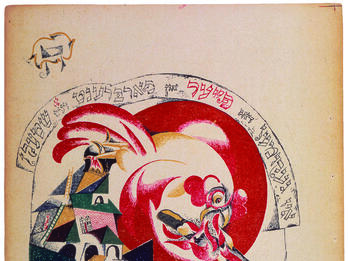
The Fire Came and Burnt the Stick
This graphic depiction of the Passover song “Had Gadya” (“Tale of a Goat”) juxtaposes the collective memory of the exodus from Egypt with Soviet revolutionary art and politics.
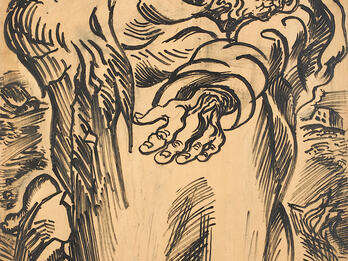
The Prophet
Shortly before World War I, Meidner was active in a circle of Berlin artists called Die Pathetiker (The Sorrowful Ones), who were early practitioners of what later came to be known as expressionism…
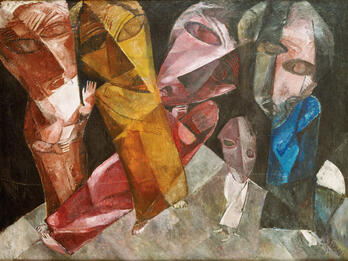
Eternal Wanderers
At first Eternal Wanderers seems like an abstract assemblage of colorful shapes. A closer look, however, reveals a group of people, young and old, with mask-like faces, teetering on tilting ground…
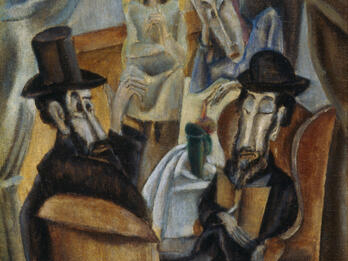
Sabbath
Weber was one of the few American modernists to paint religious subjects. He painted Sabbath around the time he became associated with a group of American Yiddish writers called Di yunge (The Young…

Shtetl
This woodcut was published in Petrograd (Saint Petersburg) after Aronson had left the Soviet Union. In it, Aronson combined elements of cubo-futurism and constructivism. Several figures can be spotted…
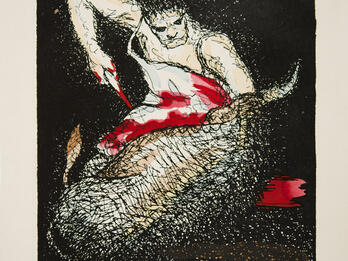
The Shohet (from “Had Gadya”)
The violence of the Passover song “Had Gadya” (“Who Knows One”) clearly spoke to this illustrator’s sense of horror following World War I.

